-
 Bitcoin
Bitcoin $82,972.1210
2.66% -
 Ethereum
Ethereum $1,556.5991
0.67% -
 Tether USDt
Tether USDt $0.9994
0.03% -
 XRP
XRP $2.0190
0.69% -
 BNB
BNB $585.2539
1.02% -
 Solana
Solana $121.3432
5.21% -
 USDC
USDC $1.0001
0.02% -
 Dogecoin
Dogecoin $0.1593
1.80% -
 TRON
TRON $0.2443
3.62% -
 Cardano
Cardano $0.6257
0.23% -
 UNUS SED LEO
UNUS SED LEO $9.3379
-0.83% -
 Chainlink
Chainlink $12.5645
1.33% -
 Avalanche
Avalanche $18.9909
2.79% -
 Stellar
Stellar $0.2345
0.69% -
 Shiba Inu
Shiba Inu $0.0...01213
2.25% -
 Toncoin
Toncoin $2.8755
-1.17% -
 Sui
Sui $2.1733
0.19% -
 Hedera
Hedera $0.1660
-2.45% -
 Bitcoin Cash
Bitcoin Cash $313.1267
5.51% -
 MANTRA
MANTRA $6.4235
-0.19% -
 Litecoin
Litecoin $75.5959
1.00% -
 Polkadot
Polkadot $3.5519
0.62% -
 Dai
Dai $0.9999
0.01% -
 Bitget Token
Bitget Token $4.2991
0.85% -
 Hyperliquid
Hyperliquid $15.2864
2.68% -
 Ethena USDe
Ethena USDe $0.9988
0.03% -
 Pi
Pi $0.6838
14.75% -
 Monero
Monero $209.3662
3.22% -
 Uniswap
Uniswap $5.1800
1.14% -
 OKB
OKB $52.8717
-0.74%
What Is Margin Trading?
Margin trading enables traders to leverage their buying power by borrowing funds from a broker, offering the potential for higher returns but also posing significant risks like increased losses and margin calls.
Nov 06, 2024 at 08:11 am
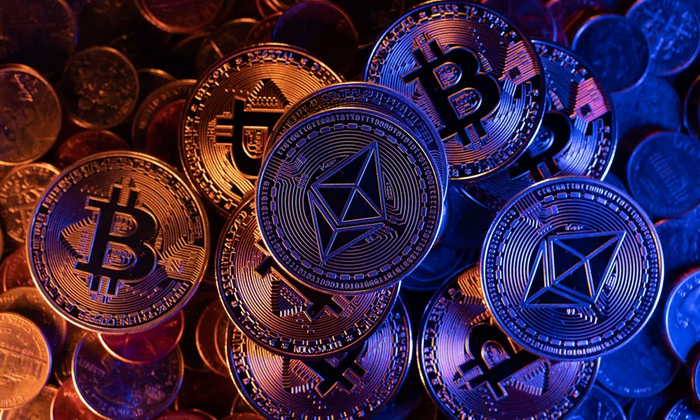
What Is Margin Trading?
Margin trading is a leveraged trading strategy that allows traders to borrow funds from a broker to increase their buying power. This can be a powerful tool for experienced traders, but it also comes with significant risks.
Benefits of Margin Trading
There are several potential benefits to margin trading, including:
- Increased buying power: Margin trading allows traders to increase their buying power by borrowing funds from their broker. This can allow them to take larger positions than they would be able to with their own capital.
- Potential for higher returns: Margin trading can amplify both profits and losses. If the market moves in the trader's favor, they can make a profit on both their own capital and the borrowed funds.
- Flexibility: Margin trading can be used to trade a variety of assets, including stocks, bonds, and currencies. This gives traders the flexibility to trade the markets they are most familiar with.
Risks of Margin Trading
There are also several risks associated with margin trading, including:
- Increased risk of losses: Margin trading can amplify both profits and losses. If the market moves against the trader, they can lose more money than they invested.
- Margin calls: If the value of the trader's account falls below a certain level, the broker may issue a margin call. This requires the trader to deposit additional funds or liquidate some of their positions.
- Forced liquidation: If the trader fails to meet a margin call, the broker may liquidate their positions. This can result in the trader losing all of their invested capital.
How to Trade on Margin
To trade on margin, you will need to open a margin account with a broker. Once you have a margin account, you can borrow funds from your broker to increase your buying power.
The amount of leverage you can use will vary depending on the broker and the asset you are trading. For example, you may be able to use 2:1 leverage on stocks, which means you can borrow $2 for every $1 of your own capital.
Once you have borrowed funds, you can use them to purchase assets. However, it is important to remember that you are still responsible for repaying the borrowed funds, plus interest.
Margin Trading Example
Here is an example of how margin trading works:
- Let's say you have $1,000 in your account and you want to purchase $1,000 worth of股票.
- You can use 2:1 leverage, which means you can borrow $1,000 from your broker.
- This will give you $2,000 to purchase股票.
- If the price of股票 rises by 10%, you will make a profit of $200.
- However, if the price of股票 falls by 10%, you will lose $200.
Conclusion
Margin trading is a powerful tool that can be used to increase your buying power and potential returns. However, it also comes with significant risks. It is important to understand the risks involved before you start margin trading.
Disclaimer:info@kdj.com
The information provided is not trading advice. kdj.com does not assume any responsibility for any investments made based on the information provided in this article. Cryptocurrencies are highly volatile and it is highly recommended that you invest with caution after thorough research!
If you believe that the content used on this website infringes your copyright, please contact us immediately (info@kdj.com) and we will delete it promptly.
- Nova Labs, the company behind the Helium blockchain network, has been dismissed of all charges by the U.S. Securities and Exchange Commission (SEC)
- 2025-04-12 12:00:13
- Roll20 Foreground Layer Promises Ambitious New Feature to Spice Up Your Digital Maps
- 2025-04-12 12:00:13
- Solana (SOL) Is Back in the Spotlight as Its Decentralized Exchange (DEX) Volume Skyrockets
- 2025-04-12 11:55:14
- 1894-S Barber Dime: One of the Rarest and Most Valuable US Coins
- 2025-04-12 11:55:14
- As attention shifts across the crypto market this week, a growing number of experienced investors are stepping away from the usual headlines and looking toward lesser-known assets
- 2025-04-12 11:50:13
- title: Bitcoin as a Hedge and Symbol of Freedom
- 2025-04-12 11:50:13
Related knowledge

What is Delayed Encryption technology?
Apr 11,2025 at 10:42pm
What is Delayed Encryption Technology? In the world of cryptocurrencies, security is paramount. One of the innovative solutions to enhance the security of digital transactions is Delayed Encryption Technology. This technology introduces a layer of security by encrypting data with a time delay, ensuring that the information remains secure until a specifi...
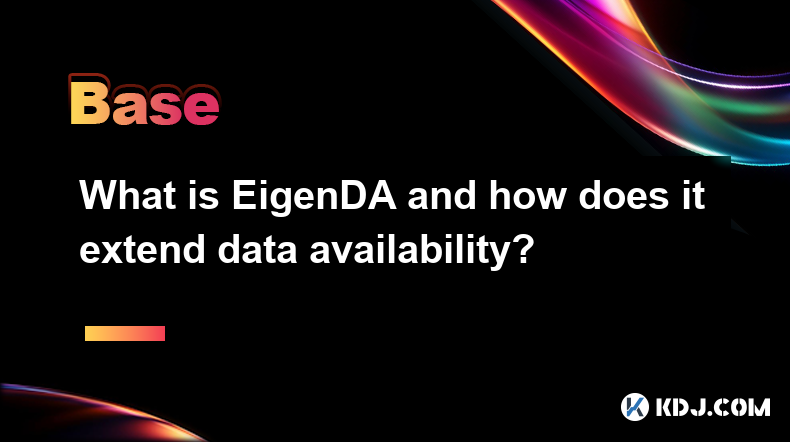
What is EigenDA and how does it extend data availability?
Apr 11,2025 at 05:28pm
EigenDA is a groundbreaking solution within the cryptocurrency ecosystem designed to enhance data availability across blockchain networks. Developed by EigenLayer, EigenDA aims to address the critical issue of data availability, ensuring that all participants in a blockchain network can access the necessary data to verify transactions and maintain the i...
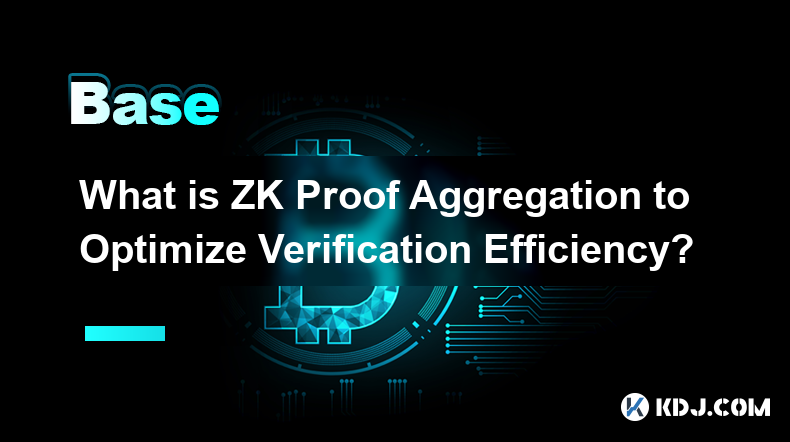
What is ZK Proof Aggregation to Optimize Verification Efficiency?
Apr 11,2025 at 05:42pm
ZK Proof Aggregation is a technique used in the field of zero-knowledge proofs (ZKPs) to enhance the efficiency of verifying multiple proofs. In the context of cryptocurrencies, where scalability and efficiency are paramount, ZK Proof Aggregation plays a crucial role in optimizing the verification process. This method allows multiple proofs to be combin...

What is DePIN (Decentralized Physical Infrastructure)?
Apr 12,2025 at 01:42am
What is DePIN (Decentralized Physical Infrastructure)? DePIN, or Decentralized Physical Infrastructure, represents a groundbreaking approach to building and managing physical infrastructure using decentralized technologies. At its core, DePIN leverages blockchain and other decentralized systems to create, operate, and maintain physical assets in a way t...
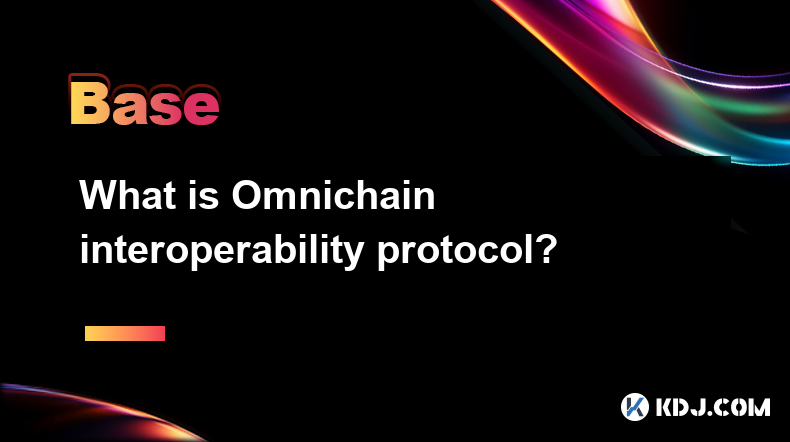
What is Omnichain interoperability protocol?
Apr 11,2025 at 08:36pm
The Omnichain interoperability protocol refers to a technology designed to enable seamless interaction and data exchange between different blockchain networks. This protocol aims to solve the issue of blockchain isolation by allowing assets, data, and functionalities to move freely across various chains. In essence, Omnichain interoperability facilitate...
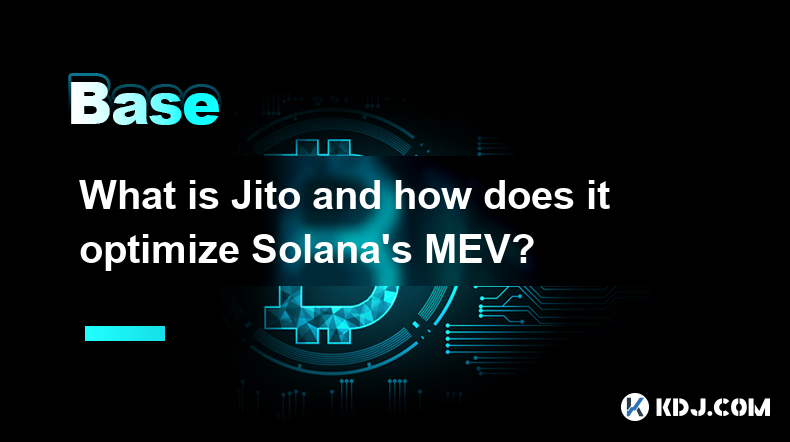
What is Jito and how does it optimize Solana's MEV?
Apr 11,2025 at 09:01pm
Jito is a pivotal tool within the Solana ecosystem, designed to enhance the efficiency and profitability of transactions by optimizing Maximum Extractable Value (MEV). MEV refers to the maximum value that can be extracted from block production in excess of the standard block reward and gas fees by including, reordering, or excluding transactions within ...

What is Delayed Encryption technology?
Apr 11,2025 at 10:42pm
What is Delayed Encryption Technology? In the world of cryptocurrencies, security is paramount. One of the innovative solutions to enhance the security of digital transactions is Delayed Encryption Technology. This technology introduces a layer of security by encrypting data with a time delay, ensuring that the information remains secure until a specifi...

What is EigenDA and how does it extend data availability?
Apr 11,2025 at 05:28pm
EigenDA is a groundbreaking solution within the cryptocurrency ecosystem designed to enhance data availability across blockchain networks. Developed by EigenLayer, EigenDA aims to address the critical issue of data availability, ensuring that all participants in a blockchain network can access the necessary data to verify transactions and maintain the i...

What is ZK Proof Aggregation to Optimize Verification Efficiency?
Apr 11,2025 at 05:42pm
ZK Proof Aggregation is a technique used in the field of zero-knowledge proofs (ZKPs) to enhance the efficiency of verifying multiple proofs. In the context of cryptocurrencies, where scalability and efficiency are paramount, ZK Proof Aggregation plays a crucial role in optimizing the verification process. This method allows multiple proofs to be combin...

What is DePIN (Decentralized Physical Infrastructure)?
Apr 12,2025 at 01:42am
What is DePIN (Decentralized Physical Infrastructure)? DePIN, or Decentralized Physical Infrastructure, represents a groundbreaking approach to building and managing physical infrastructure using decentralized technologies. At its core, DePIN leverages blockchain and other decentralized systems to create, operate, and maintain physical assets in a way t...

What is Omnichain interoperability protocol?
Apr 11,2025 at 08:36pm
The Omnichain interoperability protocol refers to a technology designed to enable seamless interaction and data exchange between different blockchain networks. This protocol aims to solve the issue of blockchain isolation by allowing assets, data, and functionalities to move freely across various chains. In essence, Omnichain interoperability facilitate...

What is Jito and how does it optimize Solana's MEV?
Apr 11,2025 at 09:01pm
Jito is a pivotal tool within the Solana ecosystem, designed to enhance the efficiency and profitability of transactions by optimizing Maximum Extractable Value (MEV). MEV refers to the maximum value that can be extracted from block production in excess of the standard block reward and gas fees by including, reordering, or excluding transactions within ...
See all articles





















![Crypto Otaku - CRYPTO CHAOS! 83K BITCOIN! CRYPTO RALLY!! XCN , JASMY , SWFTC LEAD!!! [Episode 228] Crypto Otaku - CRYPTO CHAOS! 83K BITCOIN! CRYPTO RALLY!! XCN , JASMY , SWFTC LEAD!!! [Episode 228]](/uploads/2025/04/12/cryptocurrencies-news/videos/crypto-otaku-crypto-chaos-k-bitcoin-crypto-rally-xcn-jasmy-swftc-lead-episode/image-1.webp)

































































